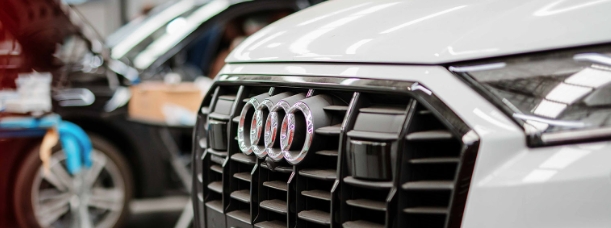In the world of engineering and mechanics, understanding the concept of mechanical advantage is crucial. It plays a pivotal role in designing efficient machines and systems. One key aspect of mechanical advantage is the ideal mechanical advantage (IMA). In this blog post, we will delve into the depths of IMA, exploring its definition, calculation, and practical applications. By the end, you will have a comprehensive understanding of this fundamental concept.
- Defining Ideal Mechanical Advantage:
The ideal mechanical advantage (IMA) is a theoretical value that represents the ratio of the force output to the force input in an ideal machine, assuming no energy losses due to friction or other factors. It provides engineers with a baseline for evaluating the efficiency of a machine design. - Calculating Ideal Mechanical Advantage:
To calculate the IMA, one must determine the ratio of the distance over which the input force is applied to the distance over which the output force is exerted. This can be expressed mathematically as IMA = distance output / distance input. By analyzing the mechanical advantage, engineers can optimize machine designs for maximum efficiency. - Practical Applications of Ideal Mechanical Advantage:
a. Mechanical Systems: Understanding IMA is crucial in designing mechanical systems such as levers, pulleys, and gears. By manipulating the IMA, engineers can achieve desired force amplification or speed advantage, depending on the application.
b. Robotics: In the field of robotics, IMA plays a vital role in designing robotic arms and manipulators. By carefully considering the IMA, engineers can ensure that the robot can exert sufficient force while minimizing energy consumption.
c. Automotive Industry: IMA is also relevant in the automotive industry, particularly in the design of transmission systems. By optimizing the IMA, engineers can achieve better fuel efficiency and performance in vehicles.
d. Construction and Lifting Equipment: Cranes, hoists, and other lifting equipment heavily rely on mechanical advantage to lift heavy loads. Understanding IMA allows engineers to design efficient lifting systems that maximize load capacity and minimize energy requirements.
- Factors Affecting Ideal Mechanical Advantage:
a. Friction: Although IMA assumes no energy losses due to friction, in reality, friction cannot be completely eliminated. Engineers must consider frictional losses and account for them in their designs to ensure practical efficiency.
b. Material Strength: The strength and durability of materials used in a machine's construction can affect the IMA. Engineers must select appropriate materials to withstand the forces involved and maintain the desired mechanical advantage.
Conclusion:
Ideal mechanical advantage (IMA) is a fundamental concept in engineering and mechanics. By understanding IMA and its applications, engineers can design efficient machines and systems that meet specific requirements. Whether in robotics, automotive, or construction industries, optimizing IMA leads to improved performance, energy efficiency, and overall effectiveness. Embracing the power of IMA unlocks endless possibilities for innovation and advancement in various fields.


